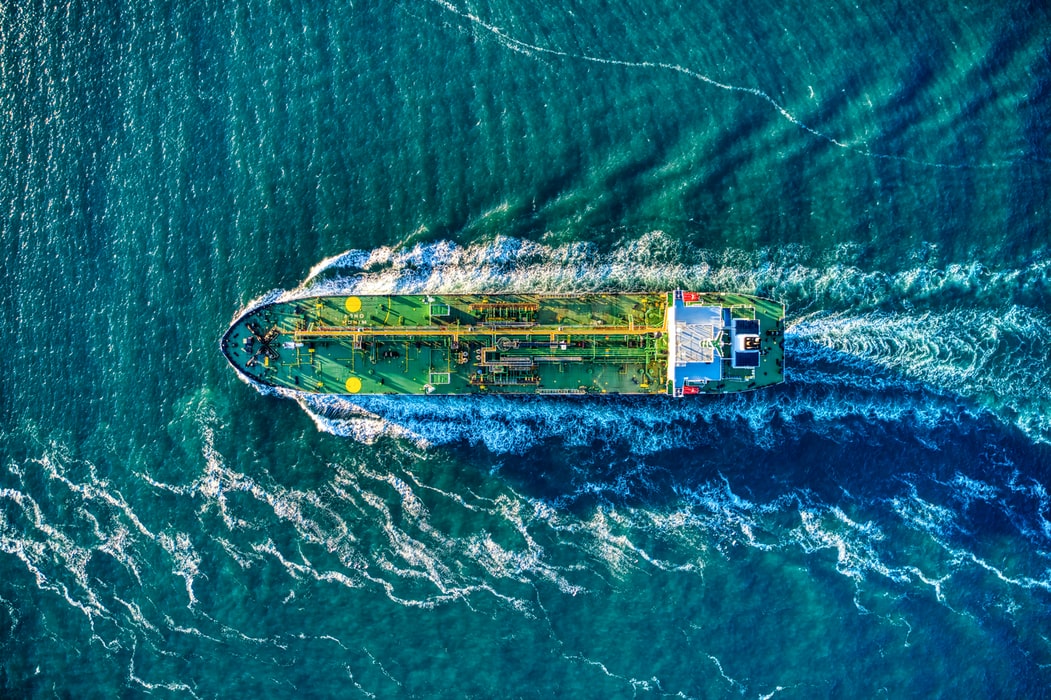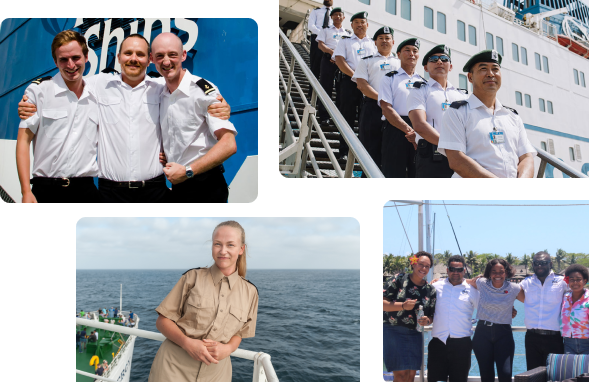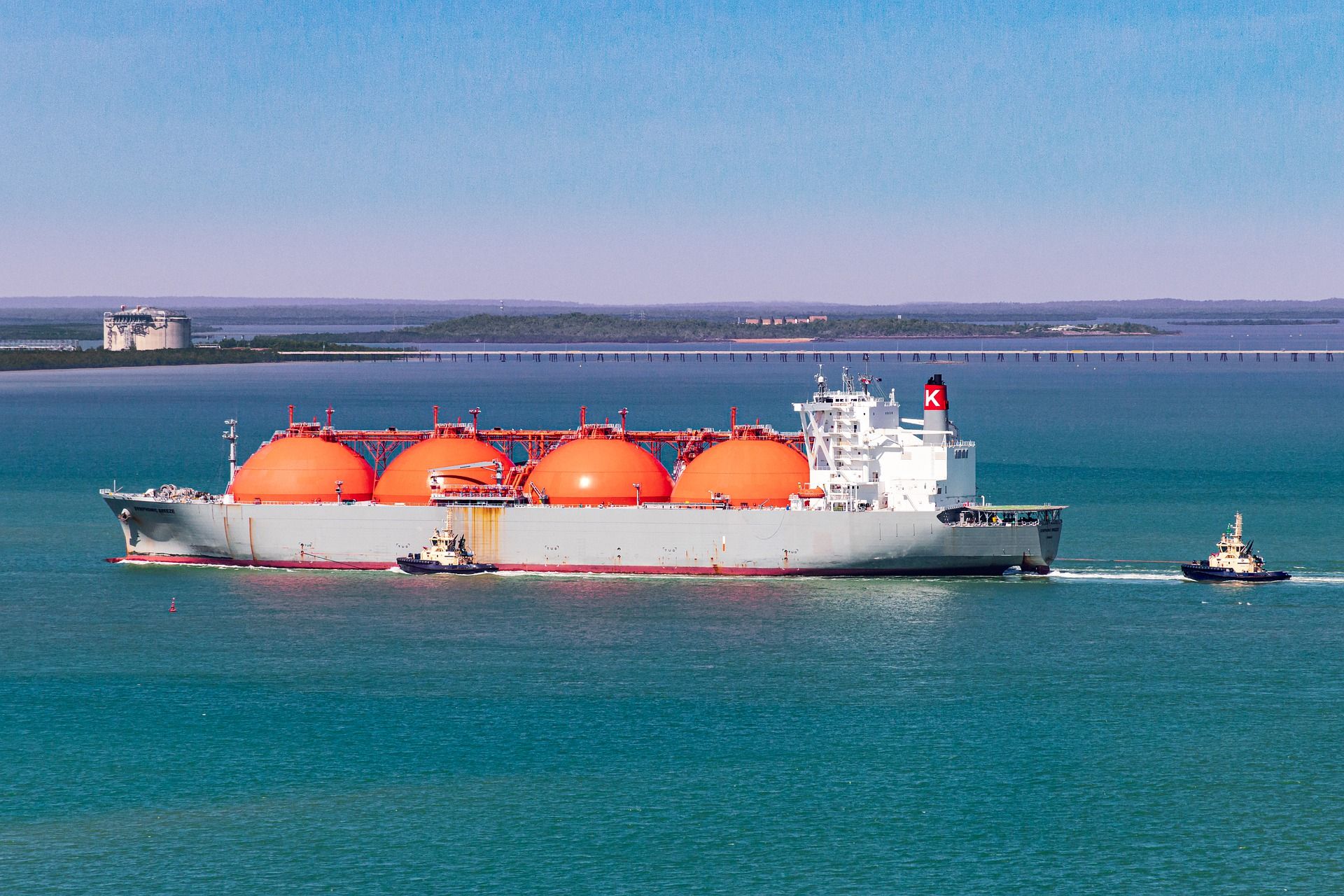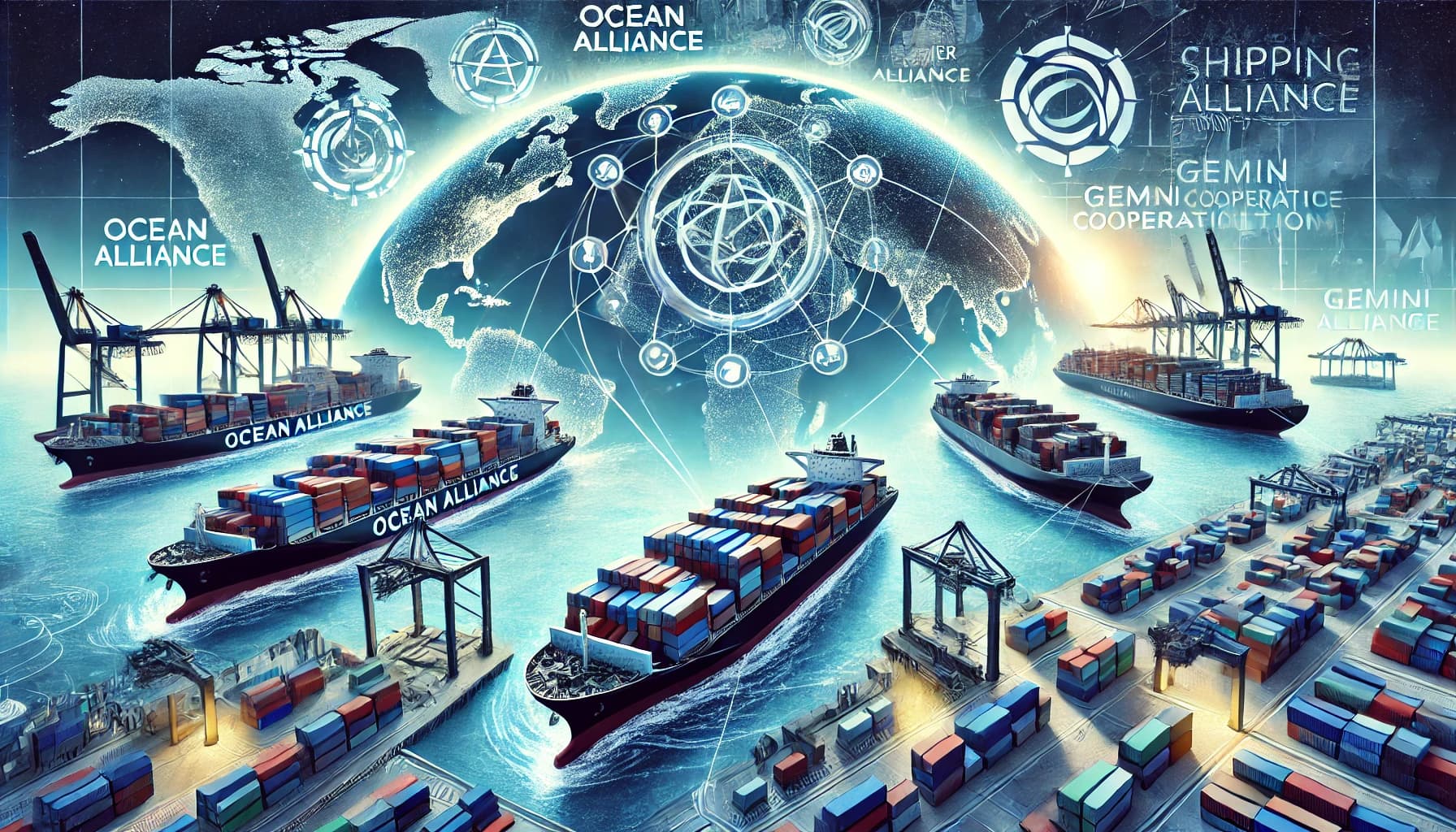A gas carrier ship, also known as a gas tanker, LPG/LNG tanker or LPG/LNG carrier is a vessel that has been designed specifically for the purpose of carrying bulk quantities of liquefied petroleum gasses (LPG) or liquefied natural gasses (LNG) from one destination to another.
These vessels are further broken down into a number of different types:
Fully pressurized gas carriers, semi-pressurized gas carriers and semi-refrigerated carriers, and fully refrigerated gas carriers, with further breakdowns within those categories such as LNG carriers and compressed natural gas (CNG) carriers.
We will look at each main type below.
ARE YOU LOOKING FOR JOBS ON GAS TANKERS? VIEW MARTIDE’S GAS TANKER JOBS NOW!
Meanwhile, if you want to know more about different types of tankers, such as oil tankers and chemical tankers, take a look at some of the other articles in this series.

But for now, let’s take a deep dive into the world of the gas carrier ship.
Read more:Everything You Need to Know About Tugboats
What are gas carrier ships?
First of all, let’s start with a few general fast facts about the gas carrier and its cargo:
- Natural gasses are usually carried in a liquid state.
- Gas carriers have built in tankers which are normally either cylindrical or spherical in shape, although prismatic tankers are now also becoming commonplace.
- The capacity of a gas carrier can range from anything from 3,500 to 200,000+ m3, depending on its cargo and usage.
- Transport by ocean of liquefied gasses first took place in 1934.
Why are gas carrier ships important?
When we think of the merchant marines / merchant navy, container ships and cargo ships are usually the first vessels that spring to mind.
However there is a wealth of other vessels that ply their trade across the world’s oceans, seas and even inland waterways.
Read more:Everything You Need to Know About Mining Ships
And among the car carriers, heavy lift vessels / crane vessels and bulk carriers such as Suezmax and Supramax vessels, you may spot the odd gas carrier or gas tanker.
Along with solar energy, tidal energy, wind energy, hydroelectric energy and others, natural gas is an important alternative energy source.

And because there is now a greater global consumption of LNG (liquified natural gas) that means that there is a need for larger capacity gas carriers to transport the cargo from different exporting countries around the world.
Unfortunately, this need for bigger vessels has resulted in issues for some existing terminals in importing countries as some ships are just too large to accommodate.
What kind of gasses are carried on a gas carrier ship?
Gas carriers transport a number of different gasses including:
- Chemical gasses such as ammonia, chlorine, ethylene oxide, propylene oxide, and vinyl chloride
- CNG (compressed natural gas)
- LPG (liquefied petroleum gas)
- LNG (liquefied natural gas)
- Butadiene
- Ethylene
- Propylene
So now let’s take a look at the different types of gas carrier tankers and ships.
What are the different types of gas carrier ships
Fully pressurized gas carriers
A fully pressurized gas carrier is equipped with either two or three steel tanks that are either cylindrical or spherical in shape. They are typically used for transporting gasses between smaller gas terminals that are closer together.
This is due to the thickness of the steel used to build the tank, which increases the ship’s weight, making it unsuitable for longer voyages. The gas is transported without insulation due to the tank’s thickness and at ambient temperatures.
Read more:Everything You Need to Know About Coaster Vessels
Semi-pressurized and semi-refrigerated gas carriers
Lighter in weight than a fully pressurized carrier, as the names suggest, semi-pressurized and semi-refrigerated gas carriers transport gasses in a semi-pressurized, or semi-refrigerated state.
ARE YOU LOOKING FOR JOBS ON GAS TANKERS? VIEW MARTIDE’S GAS TANKER JOBS NOW!
They have greater flexibility thanks to this as they have the ability to both load, and unload their cargo at storage facilities with either pressurized or refrigerated storage facilities. Used to carry propane gas, their tanks are cylindrical, spherical or bilobed.
Fully refrigerated gas carriers
These extremely large gas carriers are usually referred to as VLGCs (Very Large Gas Carriers) and they typically undertake longer voyages. Used for transporting liquified gasses such as ammonia, LPG, butane propane and vinyl chloride, thanks to their prism shaped tanks, they are able to carry greater quantities than the vessels mentioned above.
Read more: Everything You Need to Know About Cable Laying Ships
Are gas carrier ships dangerous to work on?
Like any vessel, the gas carrier comes with its own hazards. Naturally there are the elements and the ocean to deal with, but the cargo also presents its own set of safety concerns.
The seafarers who work on these types of ships are normally experienced and while everyone has to start somewhere at the beginning of their maritime career, they have training, knowledge and experience for the type of vessel.

For example, some cargoes, such as ammonia, chlorine and vinyl chloride are toxic and extreme care must be taken when handling them. This includes the wearing of goggles, chemical suits and Self Contained Breathing Apparatus (SCBA).
Read more: Everything You Need to Know About Pilot Boats
Believe it or not, frostbite can also be a concern for the seafarers who work on gas carrier ships.
No, not due to the weather, but down to the fact that gas cargo is transported at unimaginably low temperatures - we’re talking anything from 0 to down to an eye watering -163°C (32 to -261°F).
Therefore extreme care must be taken when there is the potential for flesh to be exposed to the extremely cold liquid vapors.
Finally, the hazard you were probably most likely to be thinking about - flammability.
Read more: Everything You Need to Know About Offshore Vessels
Virtually all of the gas that is transported by vessel has a flammable vapor. Contrary to popular opinion, liquid doesn’t burn: Vapor does. If something ignites - such as a leaked pool of liquid gas, there will be a problem. Even more concerning, there are a number of different ways in which cargo can ignite:
- Pool fires are what happens when a pool of liquid cargo leaks and catches fire.
- Jet fires are the result of a cargo gas leak catching fire.
- When cold liquid cargo comes into contact with water suddenly it can result in a flameless explosion.
- A flash fire can happen when there is a leak which doesn’t immediately ignite until the vapors travel downwind and ignite there.
So, the next time you use gas to heat your home or cook a meal, take a moment to think of the journey it’s been on to get to you.
And spare a minute to think about the hard working seamen and women who work in all weather conditions and in sometimes dangerous circumstances to provide the world with the goods, products and fuels that we all depend upon.
ARE YOU LOOKING FOR JOBS ON GAS TANKERS? VIEW MARTIDE’S GAS TANKER JOBS NOW!

Find out more about other vessels in the merchant navy
Have you ever wondered what an icebreaker ship does? A lightship? A ro-ro vessel? A feeder vessel? Or even a dredger. maybe you want to know more about fishing boats, passenger ferries or cruise ships?
Martide’s series of blog posts about different types of vessels, ships and yachts has the answer.
Read the previous article in this series:Everything You Need to Know About Fireboats
Read the next article in this series:Everything You Need to Know About Crane Vessels

Eve Church
Eve is Martide's content writer, publishing regular posts on everything from our maritime recruitment and crew planning software to life at sea. Eve has been writing professionally for more than two decades, crafting everything from SEO-focused blog posts and website landing pages to magazine articles and corporate whitepapers.
UK

is the only site for maritime jobs




